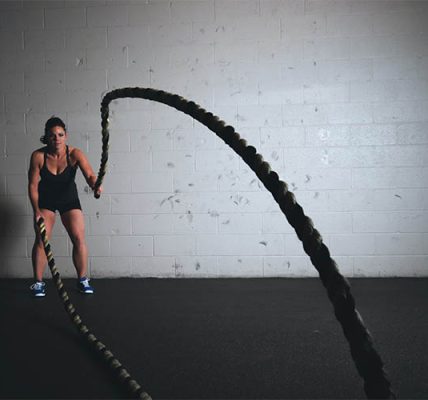Exercise Science Explained: The Anatomy of a Workout
Hello, fitness enthusiasts! Today, we are going to deep dive into the world of exercise science and dissect the anatomy of a workout. By understanding the science behind your sweat, you can optimize your training regimen and get the most…























